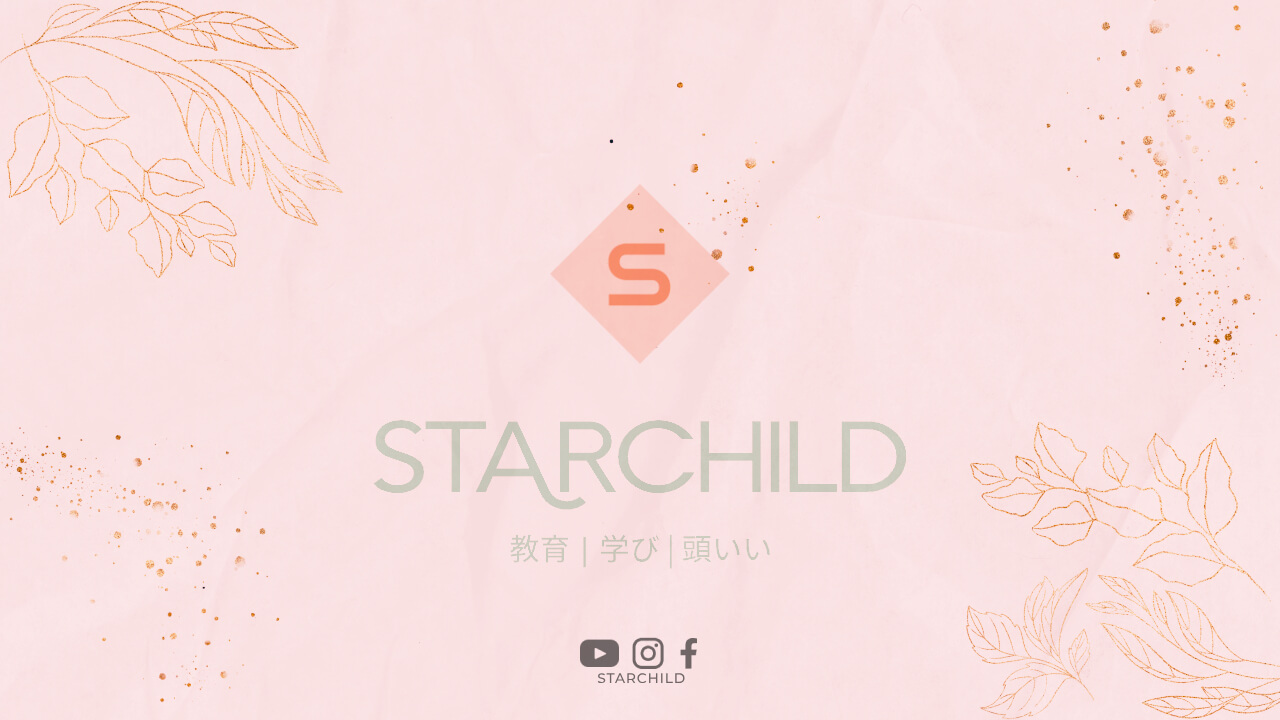Introduction
When we hear the term “Otemoyan,” most of us would immediately think of a red-cheeked, country-smelling woman. But why is that? What is the history and origin of this stereotype? In this article, we will explore the cultural significance and evolution of the term “Otemoyan” in Japanese society.
The Origin of Otemoyan
The term “Otemoyan” originally referred to women who worked as maids in the Edo period. They were known for their hard work, resilience, and loyalty to their employers. However, over time, the term began to take on a derogatory connotation, and it became associated with women who were perceived as uneducated, unsophisticated, and lacking in refinement.
The Characteristics of Otemoyan
The image of an Otemoyan is often portrayed as a woman with a round, rosy face, wearing a simple cotton kimono and a headscarf. She is often depicted carrying a basket of vegetables or doing domestic chores like laundry or cooking. She speaks in a dialect that is associated with rural areas and is known for her straightforward, no-nonsense personality.
The Cultural Significance of Otemoyan
Despite its negative connotations, the image of an Otemoyan has become a symbol of the Japanese countryside and its traditional way of life. It represents a simpler, more honest way of living that is often contrasted with the fast-paced, materialistic lifestyle of urban areas. It is also associated with the values of hard work, humility, and perseverance, which are highly valued in Japanese society.
The Evolution of Otemoyan in Popular Culture
In recent years, the image of an Otemoyan has become increasingly popular in Japanese pop culture. It is often used as a character archetype in anime, manga, and even advertising campaigns. However, the portrayal of Otemoyan in popular culture has also been criticized for perpetuating negative stereotypes and reinforcing gender roles.
The Role of Otemoyan in Gender and Identity
The image of an Otemoyan is often associated with femininity and traditional gender roles. It represents a form of femininity that is rooted in domesticity and service to others. However, this image has also been challenged by feminist movements in Japan, who argue that it perpetuates gender inequality and restricts women’s opportunities.
The Regional Differences in Otemoyan
The image of an Otemoyan varies depending on the region of Japan. In some areas, the term is used to refer to women who work in the fields or fish markets, while in others, it is associated with women who work in traditional crafts like weaving or pottery. The dialect and mannerisms of an Otemoyan also vary depending on the region.
The Future of Otemoyan
The image of an Otemoyan is deeply rooted in Japanese culture and history. However, as Japan continues to modernize and change, the image of an Otemoyan may also evolve. It is up to us to shape the future of this image and ensure that it reflects the diversity and complexity of Japanese society.
The Positive Aspects of Otemoyan
Despite its negative connotations, the image of an Otemoyan has many positive aspects. It represents a strong work ethic, a commitment to family and community, and a deep connection to the natural world. It is a reminder of the importance of simplicity, humility, and gratitude in our lives.
The Negative Aspects of Otemoyan
However, the image of an Otemoyan can also be problematic. It reinforces gender roles and restricts women’s opportunities. It can also be used as a tool for discrimination and prejudice against people from rural areas or those who speak in dialects.
The Importance of Recognizing Diversity
As we reflect on the image of an Otemoyan, it is important to recognize the diversity and complexity of Japanese society. People from rural areas and those who speak in dialects should not be reduced to stereotypes. We must celebrate the diversity of our culture and embrace a more inclusive and accepting society.
The Role of Education in Challenging Stereotypes
Education plays a crucial role in challenging stereotypes and promoting diversity. By teaching children about the diversity of Japanese culture and the negative impact of stereotypes, we can create a more inclusive and accepting society. We must also encourage critical thinking and open-mindedness to challenge harmful stereotypes and promote empathy and understanding.
The Importance of Empathy and Understanding
Empathy and understanding are essential in breaking down stereotypes and promoting diversity. By putting ourselves in the shoes of others and recognizing the complexity and diversity of Japanese society, we can create a more inclusive and accepting society. We must also be willing to listen to different perspectives and challenge our own assumptions and biases.
The Impact of Otemoyan on Japanese Society
The impact of Otemoyan on Japanese society is complex and multifaceted. On one hand, it represents a deep connection to tradition and a simpler way of life. On the other hand, it can reinforce harmful stereotypes and restrict opportunities for women and people from rural areas. It is up to us to shape the future of this image and ensure that it reflects the diversity and complexity of Japanese society.
The Intersection of Otemoyan and Other Identities
The image of an Otemoyan intersects with other identities, such as gender, age, and socioeconomic status. Women from rural areas may face additional challenges in accessing education and job opportunities. Older women may face age discrimination in the workplace. People from lower socioeconomic backgrounds may be stigmatized for speaking in dialects. It is important to recognize and address these intersections of identity to create a more equitable society.
The Importance of Representation
Representation is crucial in promoting diversity and challenging stereotypes. By including diverse voices and perspectives in media and popular culture, we can create a more inclusive and accepting society. We must also encourage and support individuals from underrepresented groups to pursue leadership roles and opportunities in all sectors of society.
The Future of Diversity in Japan
As Japan continues to modernize and change, the importance of diversity and inclusion will only increase. We must recognize and celebrate the diversity of our culture and promote empathy, understanding, and critical thinking to challenge harmful stereotypes. By working together, we can create a more inclusive and accepting society for all.
Conclusion
In conclusion, the image of an Otemoyan is deeply rooted in Japanese culture and history. It represents a simpler way of life and a strong work ethic, but it can also reinforce harmful stereotypes and restrict opportunities for women and people from rural areas. It is up to us to shape the future of this image and ensure that it reflects the diversity and complexity of Japanese society. We must celebrate the positive aspects of Otemoyan while also challenging its negative connotations and promoting diversity and inclusion in all aspects of society.




